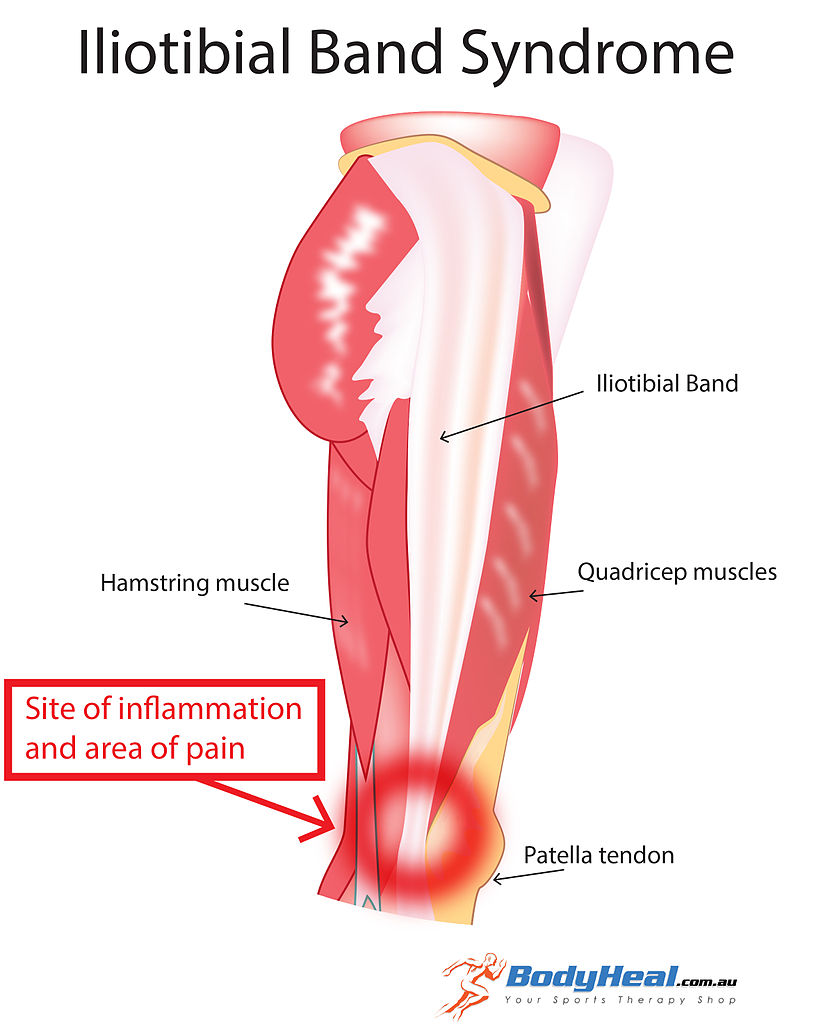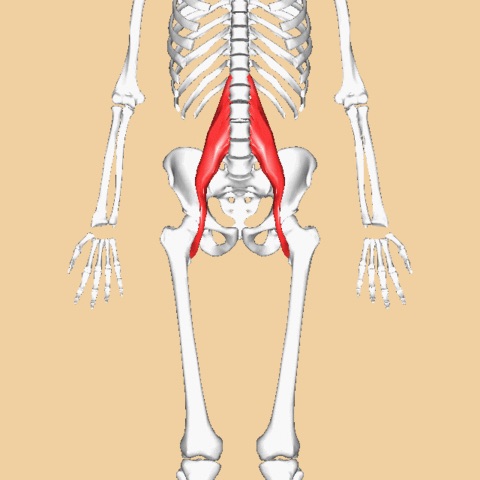For me personally running and yoga are a perfect combination for a balanced mind and a healthy body. For many years I integrate both of it in my every day life and can speak from personal experience that I would not want to cut either of it out of my life.
As yoga is not focussing on cardio very much, running is a good addition to train it. Furthermore, running is a very simple method to exercise in nature in (nearly) any kind of weather conditions and is also a nice change to the yoga practice. But also ambitious runners gain a lot when they add yoga to their sport. How this works out, I will explain by means of three core components of yoga, which are part of the „Eight Limbed Path“.
Asana, the physical
Pranayama, the breath
Meditation, the mind
Asana – the Physical
The yoga poses were originally created to strenghten the body so it is able to sit in meditation for longer time. Furthermore, yoga is „meditation in motion“: Because of the relation to the body it is easier to focus on the breath and be in the „here and now“, than just sitting still and concentrate on the breath.
As yoga is not rigidly dogmatic but hast the claim to adapt to developments, society and the needs of the individual, it is not surprising that the Western world had discovered it. In particular, yoga can be created as a balance to all kind of sports. In the following you learn, how yoga can support running and strengthens your body in a way, that you can practice your sport for a long time.
Yoga has a positive effect on three factors: healthy flexibilty, strength and especially the coenaesthesia, which tells you, how much stretch or strength are appropriate for you, which muscles you have to activate or relax. What’s exactly meant by this, I will explain by means of the body parts which are affected most by running.
The IT-Band
The IT-Band (Illiotial Band) runs from the iliac bone to the tibia bone. It’s not a muscle but facsia and keeps the knee stable, in cooperation with the adductors. One of the reason of the so called „runners’ knee“ is the shortening of the IT-band. To avoid this symptom, in yoga we work on the stretch of the IT-band and strengthen the adductors.
Hamstrings & Gluteus
Runners usually tighten their gluteus (butt) to create stability for the body, but this way they also put pressure on the lower back and shortens furthermore the hamstrings. In yoga you don’t only balance this out by appropriate stretching, but you also practice activating vs. relaxing. This way with time your body learns how to relax these areas when running. But how about the stability of the body? This is something a very important muscle of our body takes care of, the psoas.
 Psoas
Psoas
The psoas connects our upper body with our legs, it swings the pelvis back and forward, so our legs start to move. It is our deepest muscle and is often referred to as „seat of the soul“. To feel, strengthen and relax the psoas it takes a lot of body consciousness, a healthy psoas is strong and flexible at the same time. What is meant by that can be explained by means of these examples: Imagine a marching military troop – their psoas is strong but also rigid, now picture some African women carrying something heavy on their head, then the psoas works in a healthy way – strong and flexible at the same time. What does that mean for runners though?
When the psoas does not take care of a sufficient stabilization of the pelvis, the movements are carried out inefficiently, which on a longterm affects the IT-band. This is usually balanced out by a overtension of hamstrings and gluteus, which puts pressure of the lower back. When running also our „sprint muscle“, the iliopsoas, is shortened. If this is not balanced out with stretching it enhances an arched lower back which can result in back pain.
Pranayama – the Breath
The breath has THE main role in yoga – either when practicing the asanas, when doing special breathing exercises or during meditation.
During physical exercise the breath is an indicator for excessive strain: If we don’t breath it’s a clear sign that we overdid it in regard of our body. By breathing consciously and evenly we are mentally in continous contact with our body, reduce stress factors and activate our tissue. By creating heat in our body our muscles are warmed up from the inside which also protects from injury.
With so called pranayama technics we train also our diaphragma as well as the volumes of our lungs, which supports our cardio on the long run.
Meditation – the Mindfulness
Most runners know it, diving into another world where you are one with nature and the thoughts in your head finally stop cruising. But this does not always work, sometimes our mind just does not want to be turned off, so that there are days we don’t get into this state. When doing yoga this meditative component, being in the „here and now“, is practiced, so over time you more often and faster access to this meditative state.
There is also a great article I can recommend, which lists 18 general benefits of Yoga: https://www.jenreviews.com/yoga/



